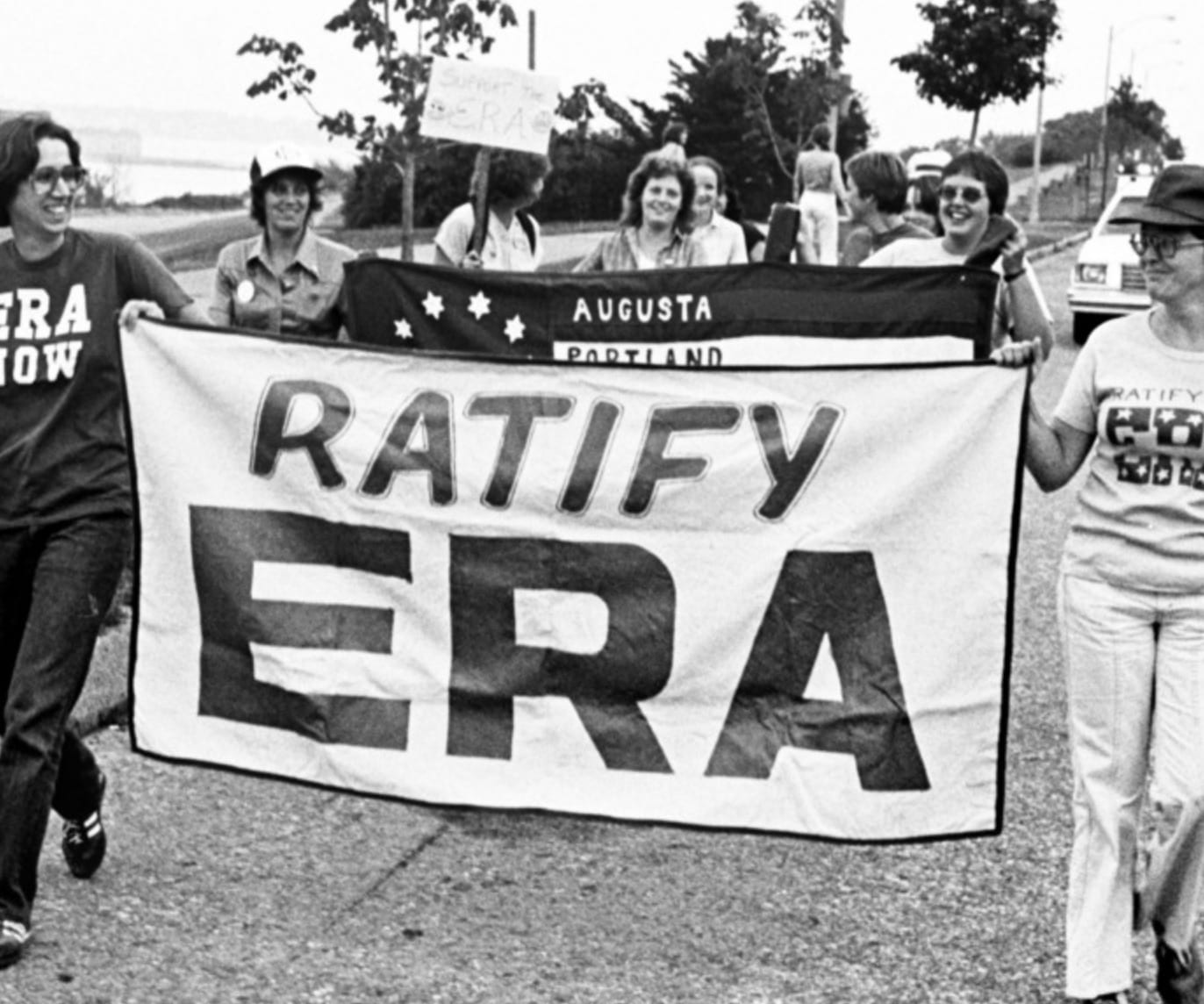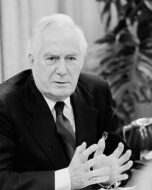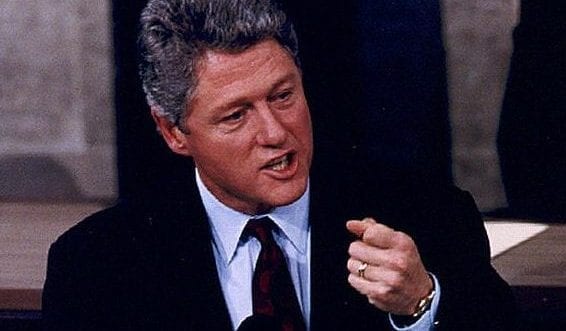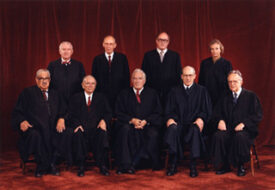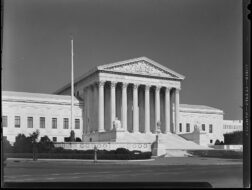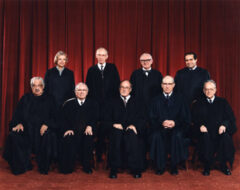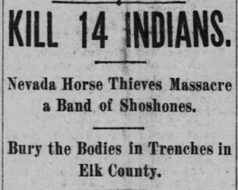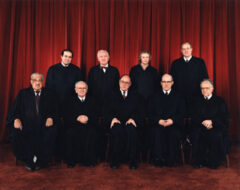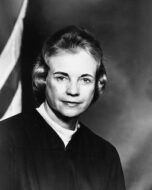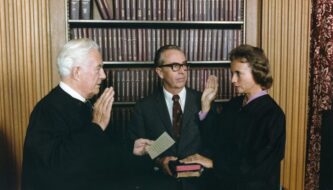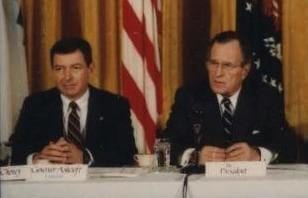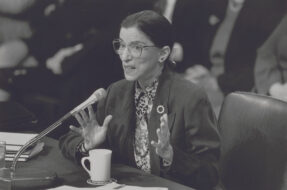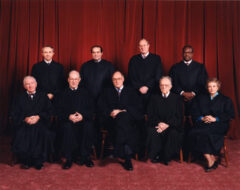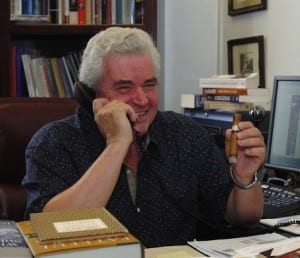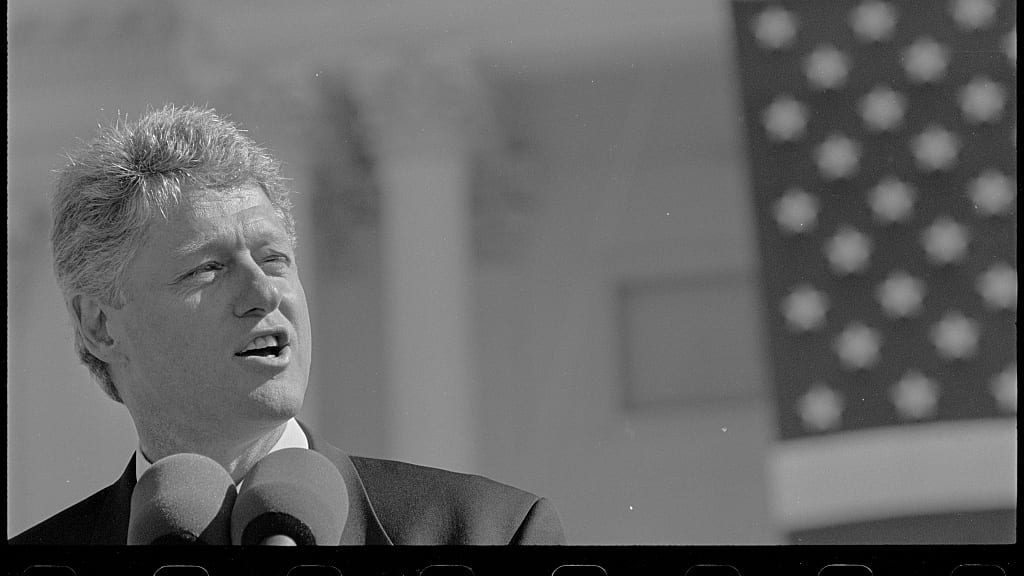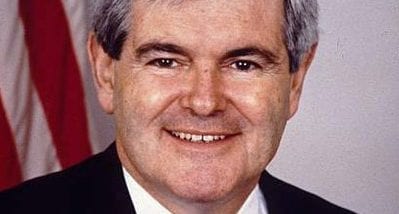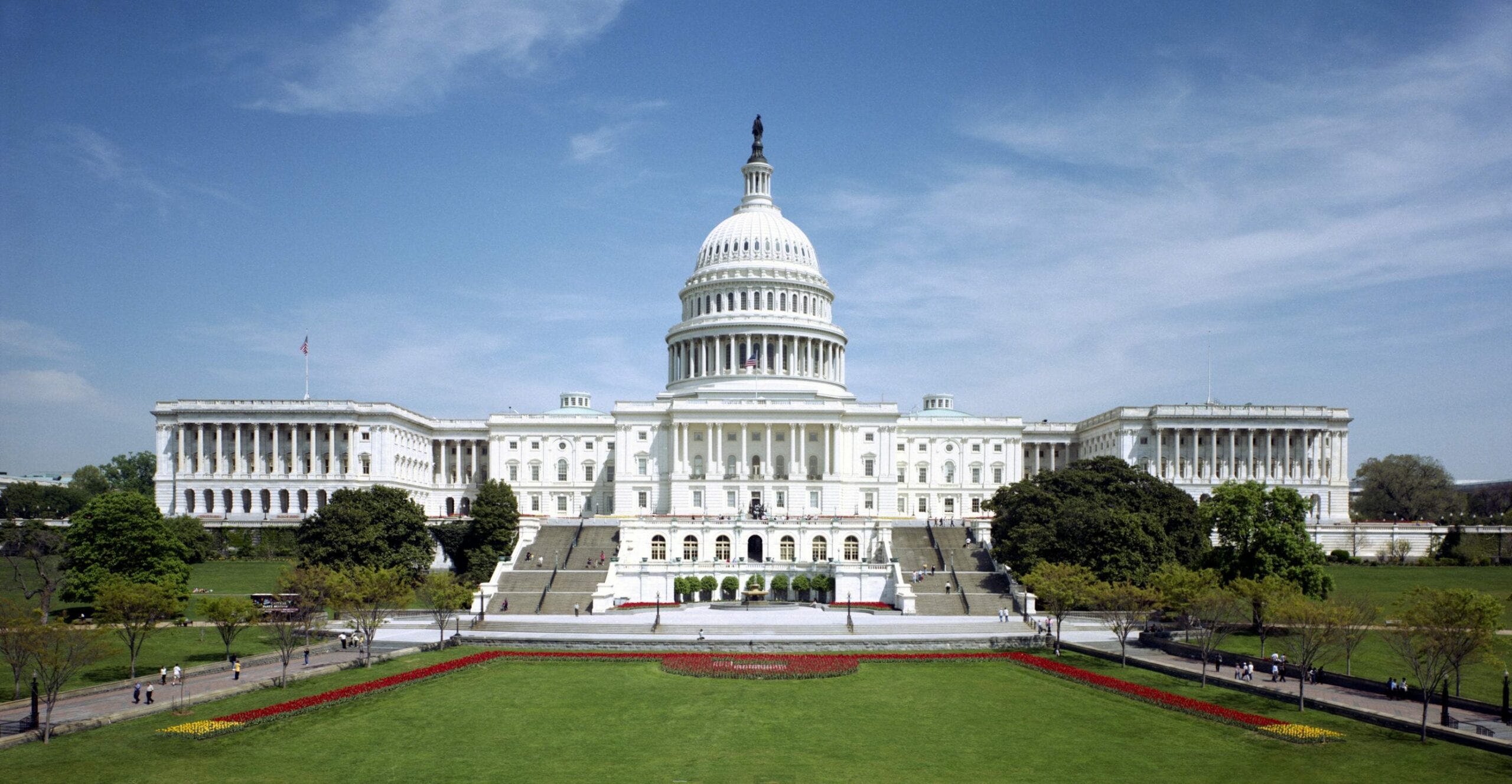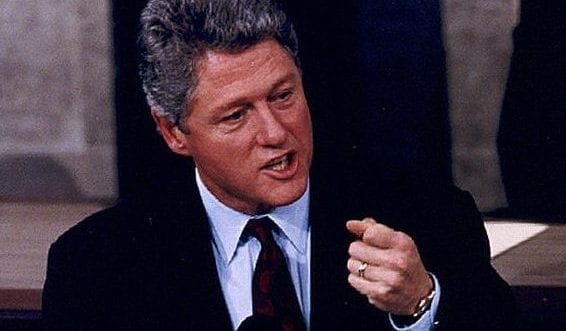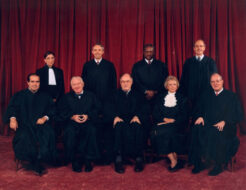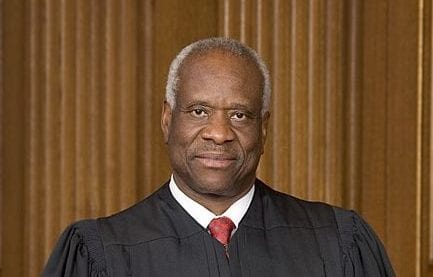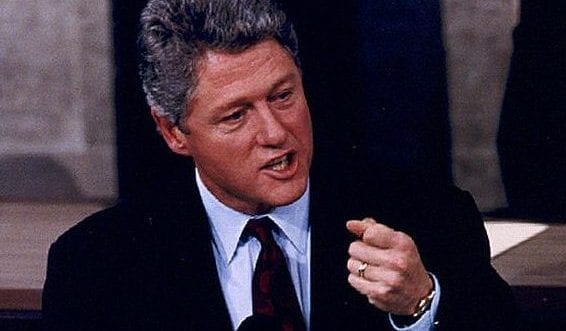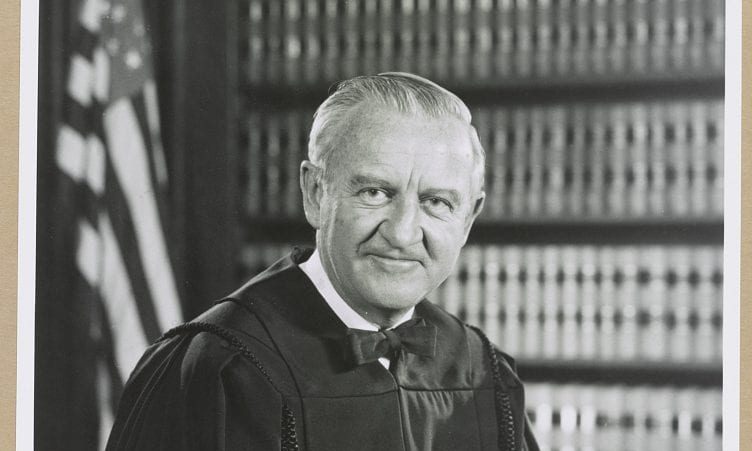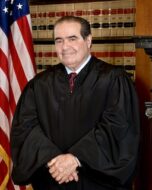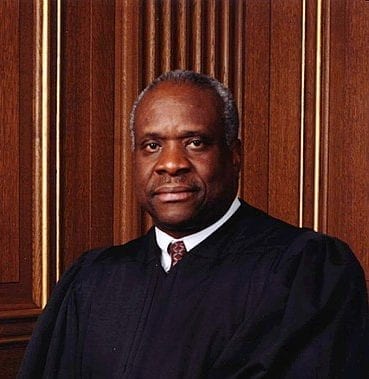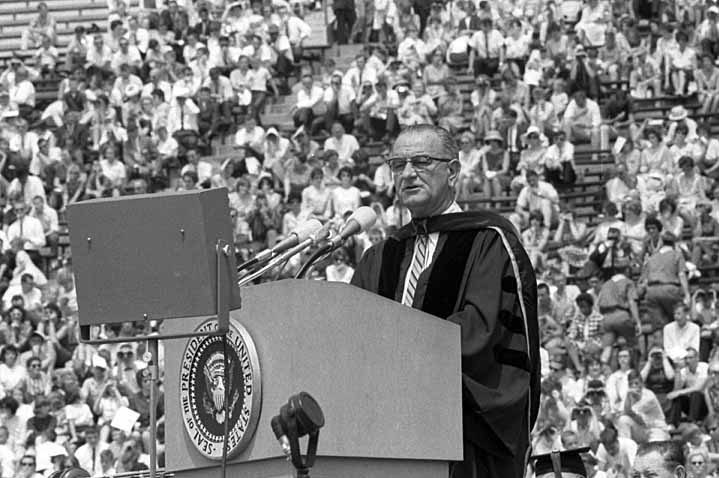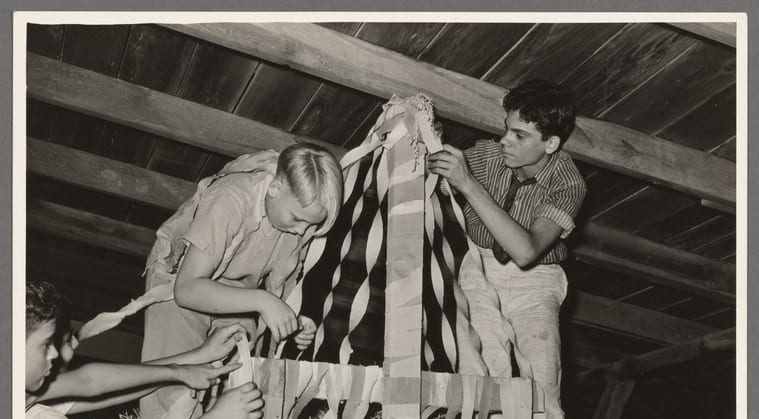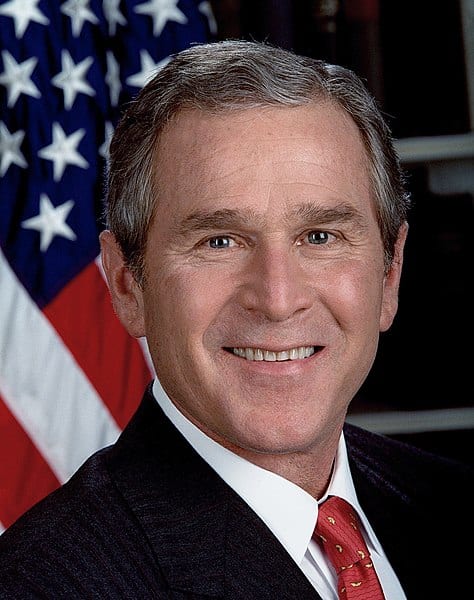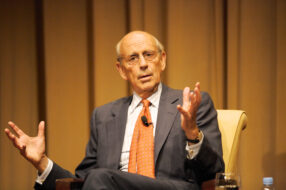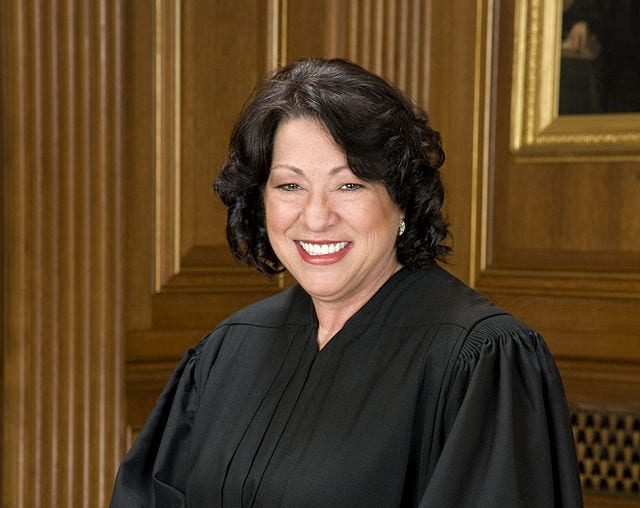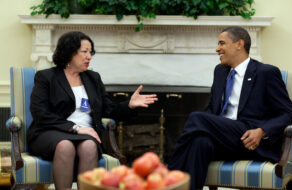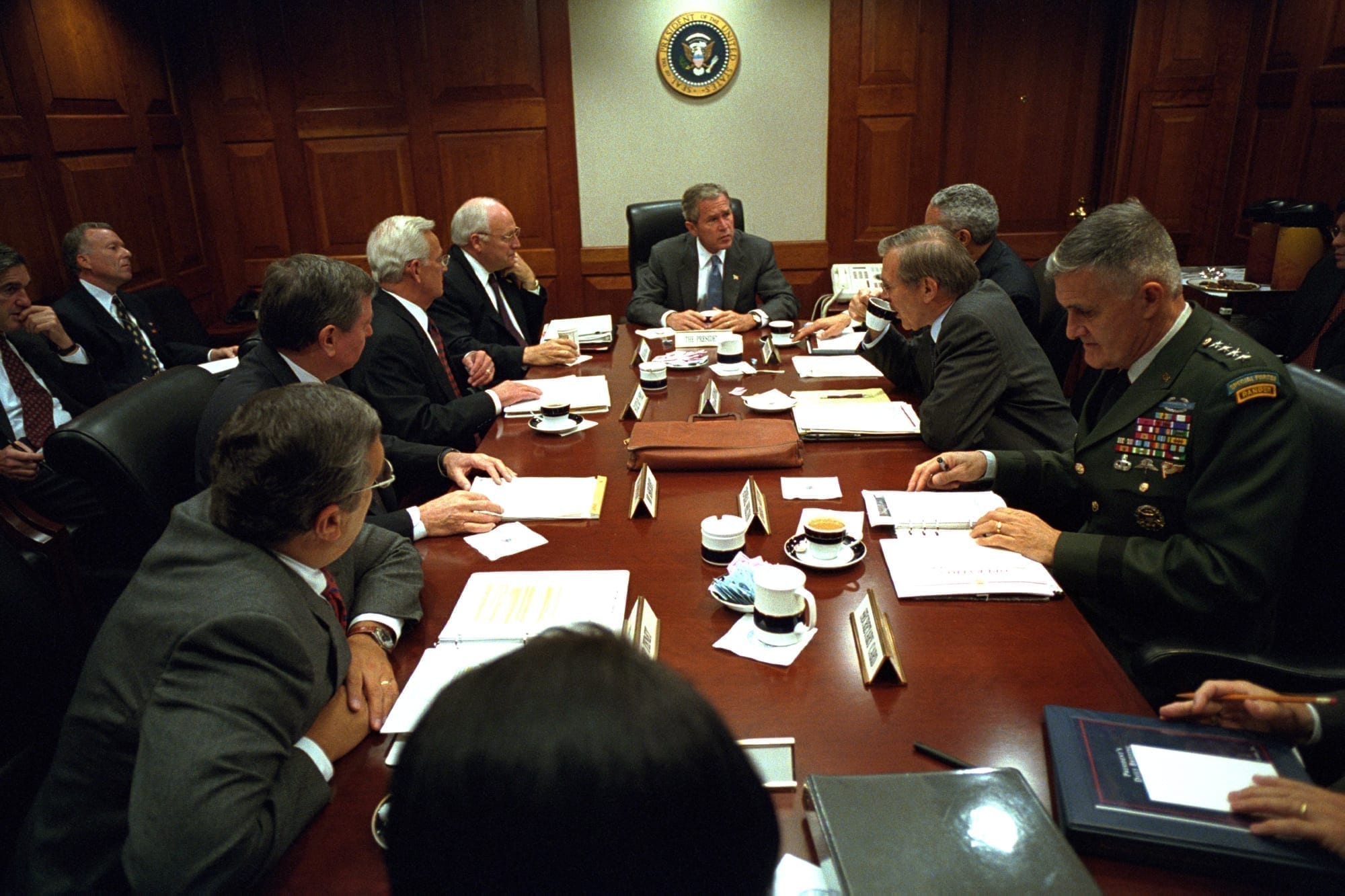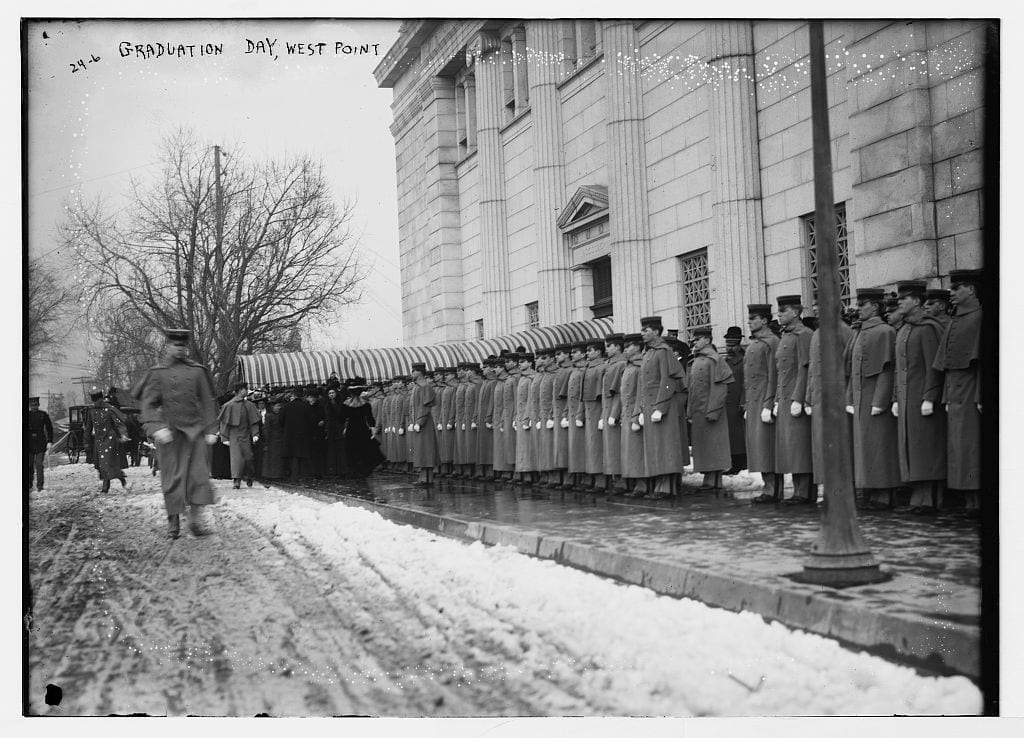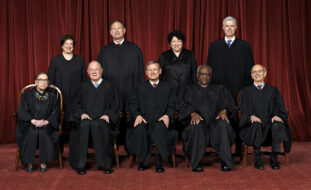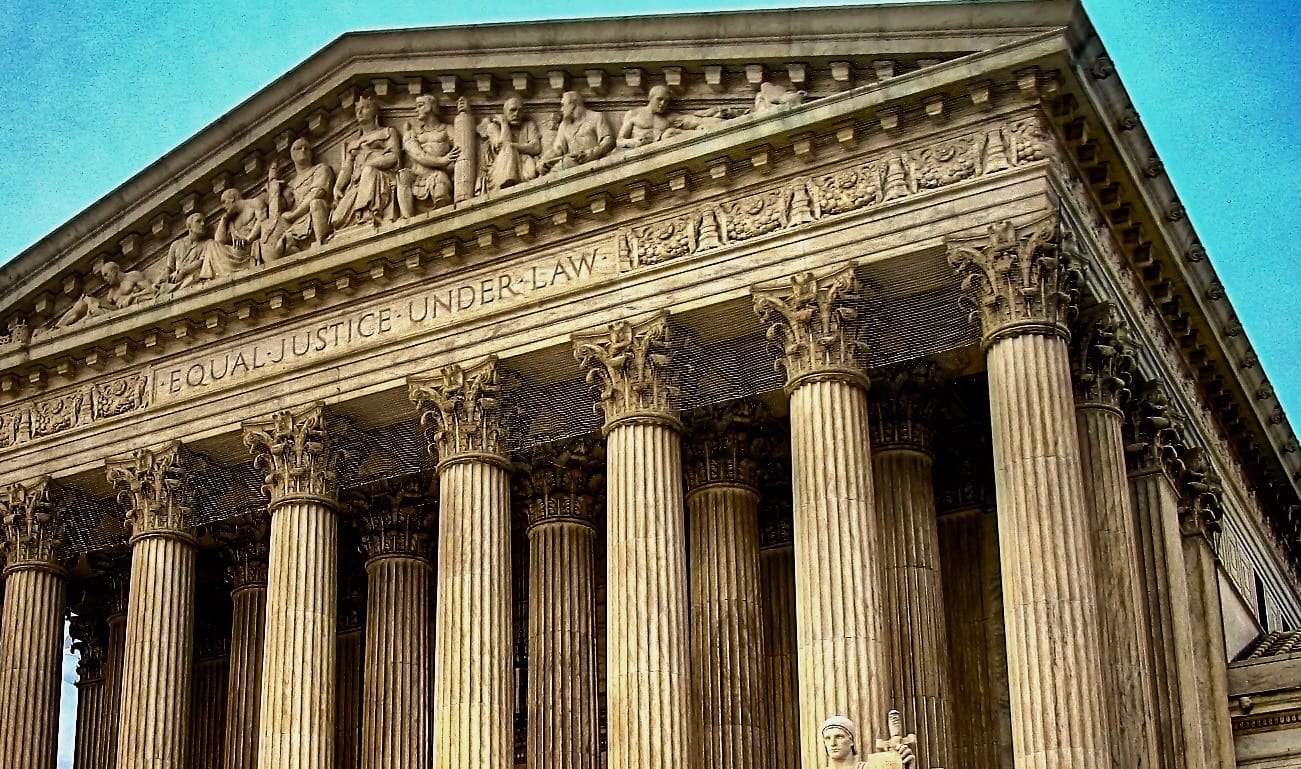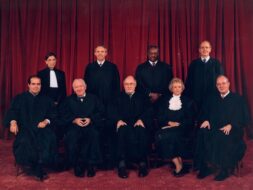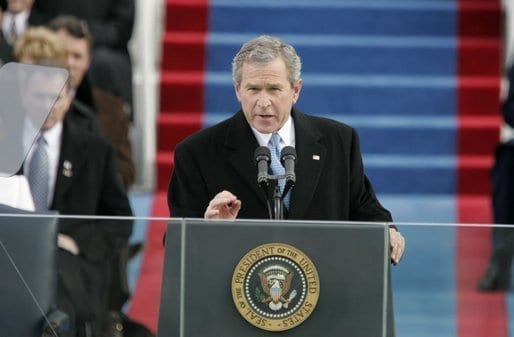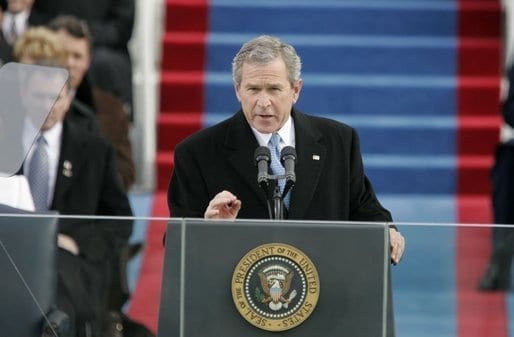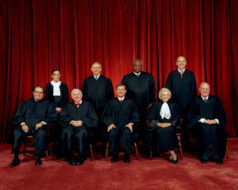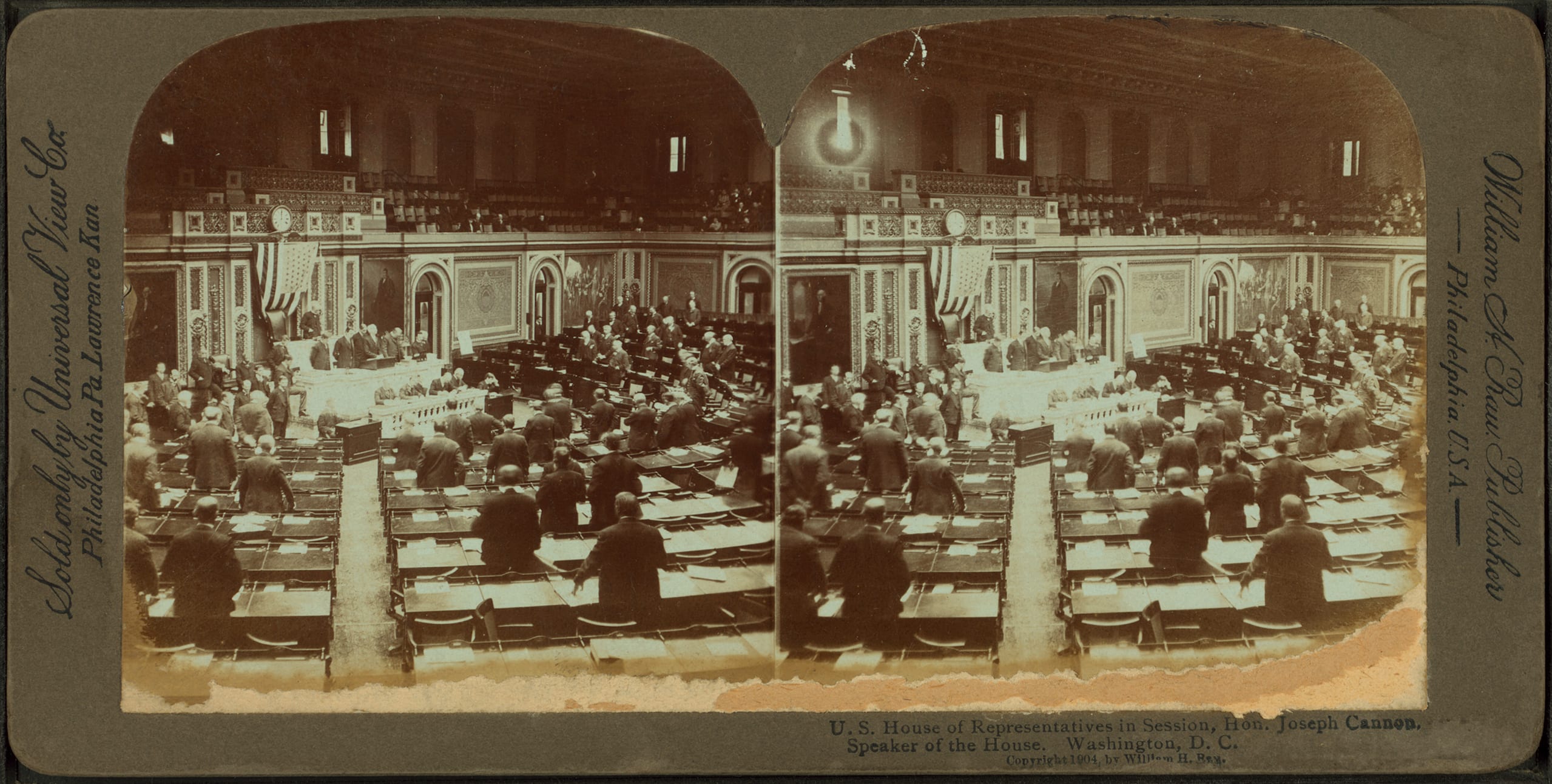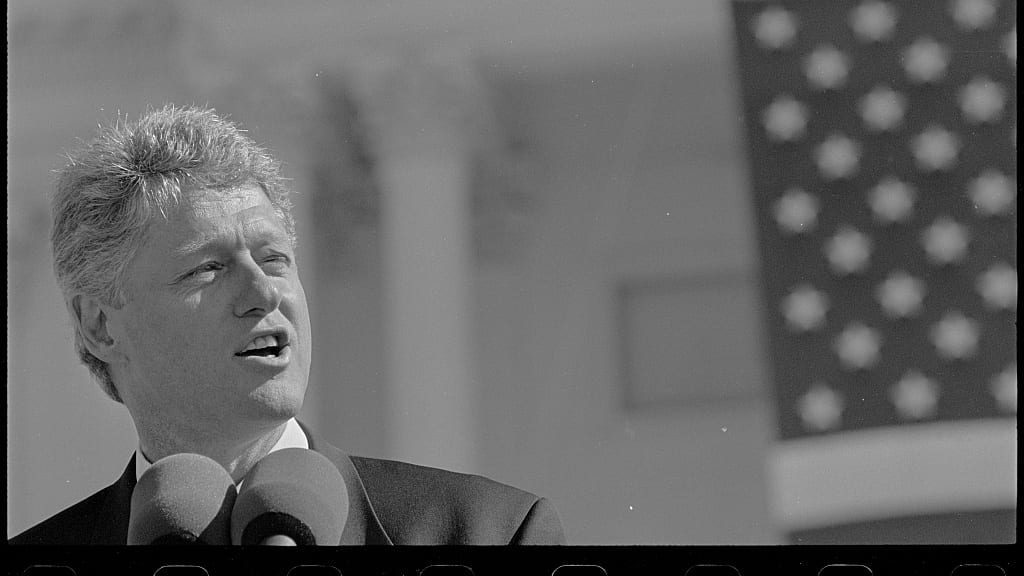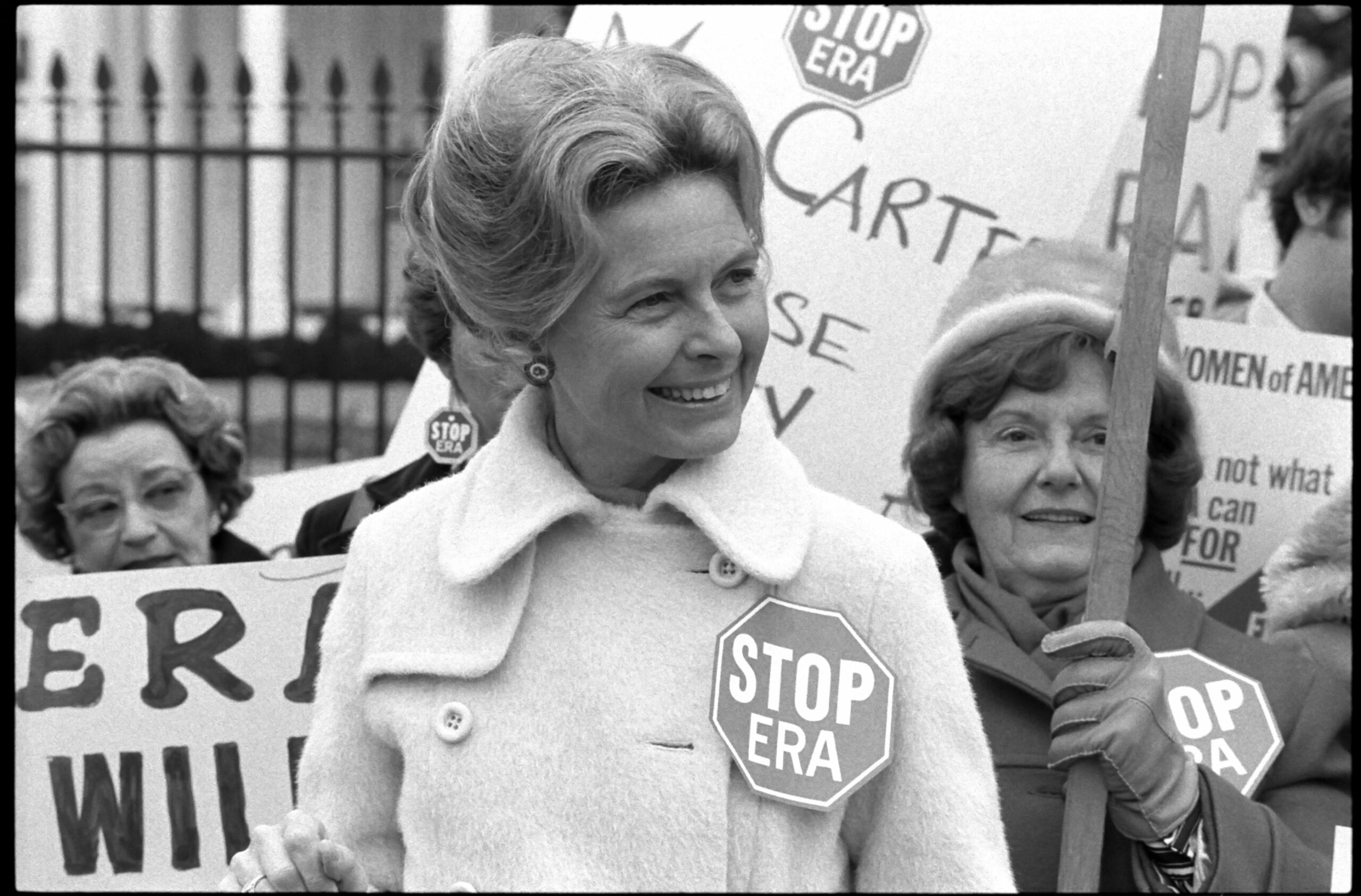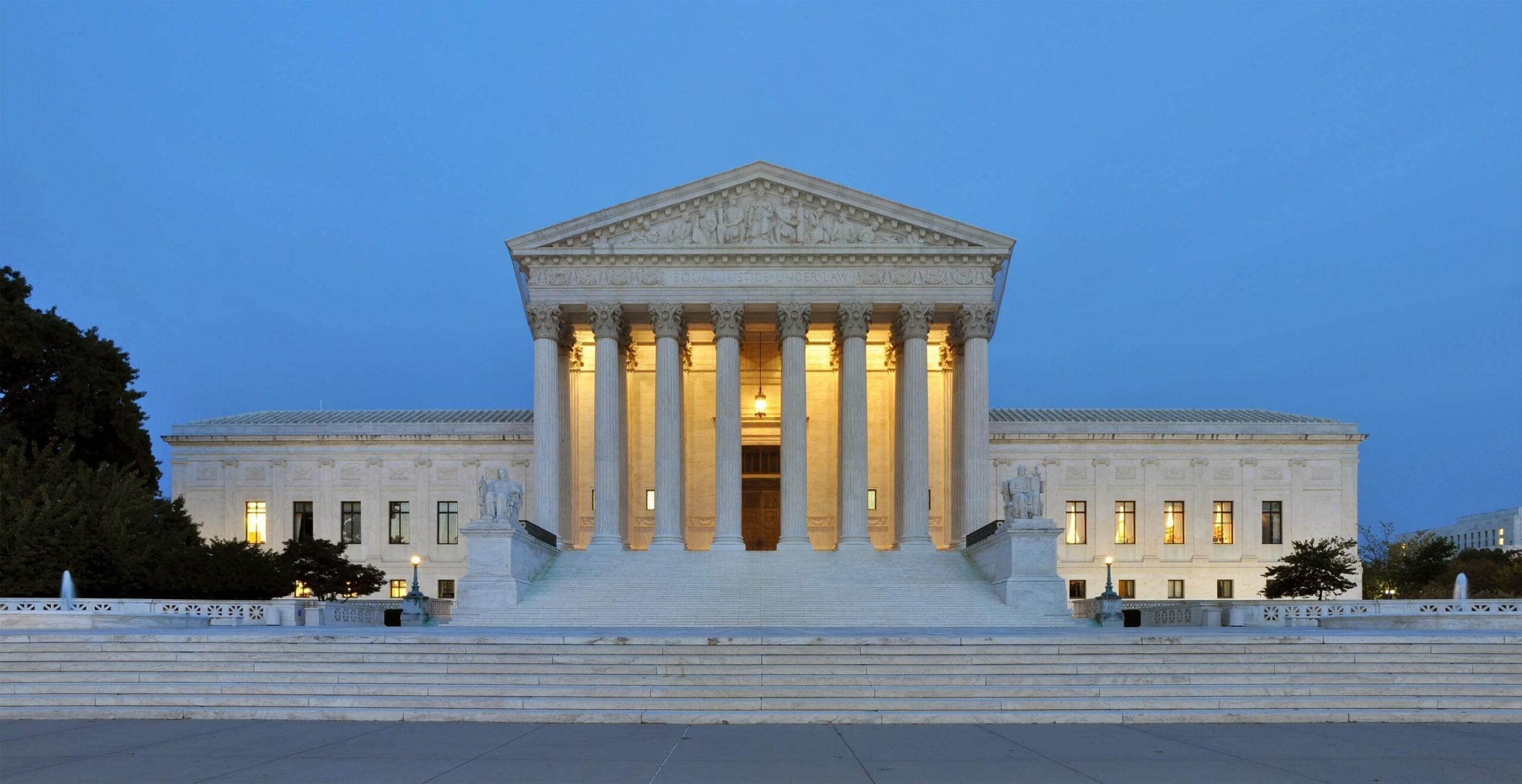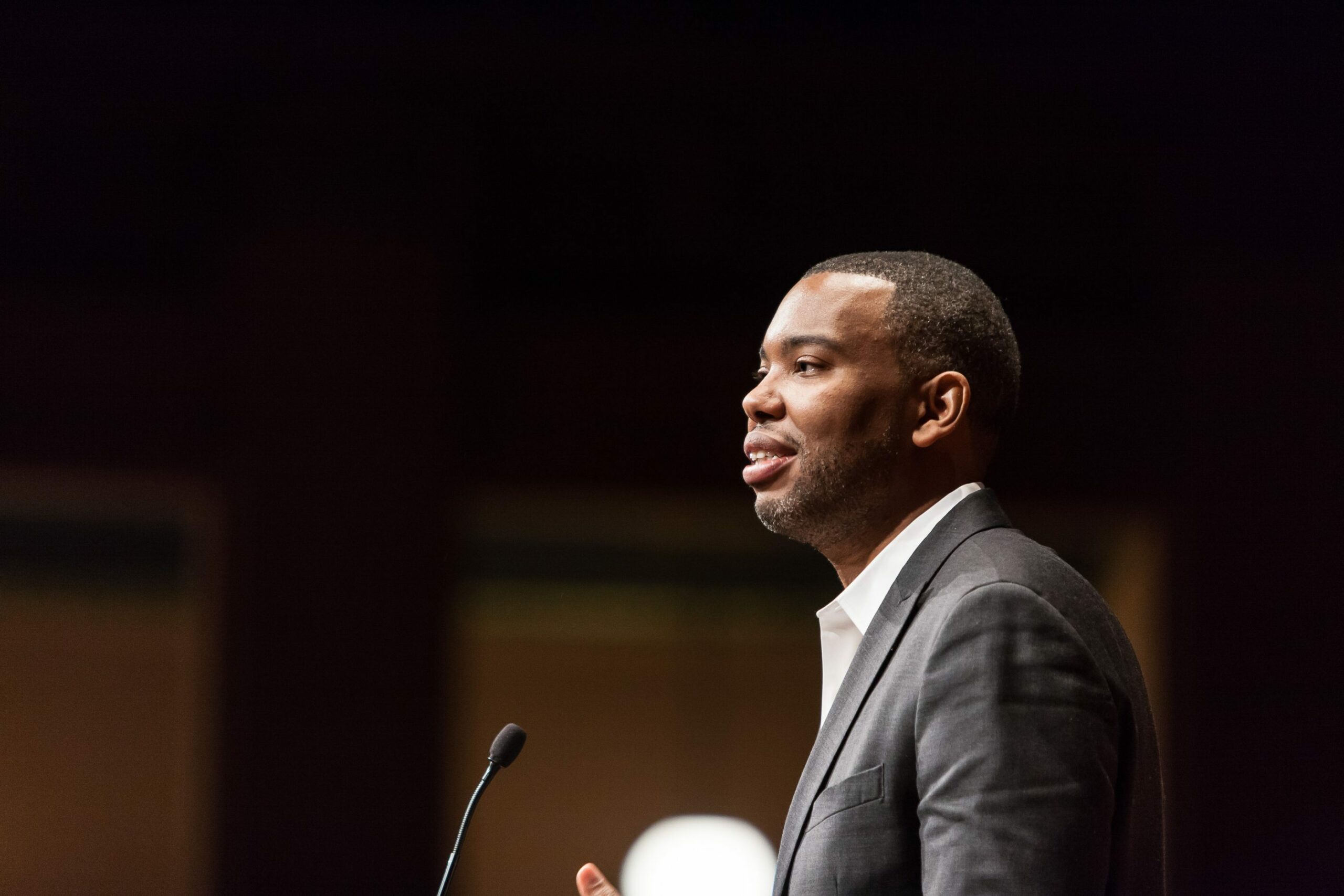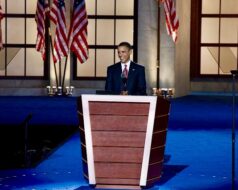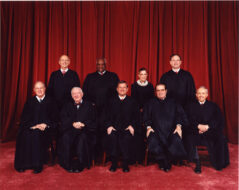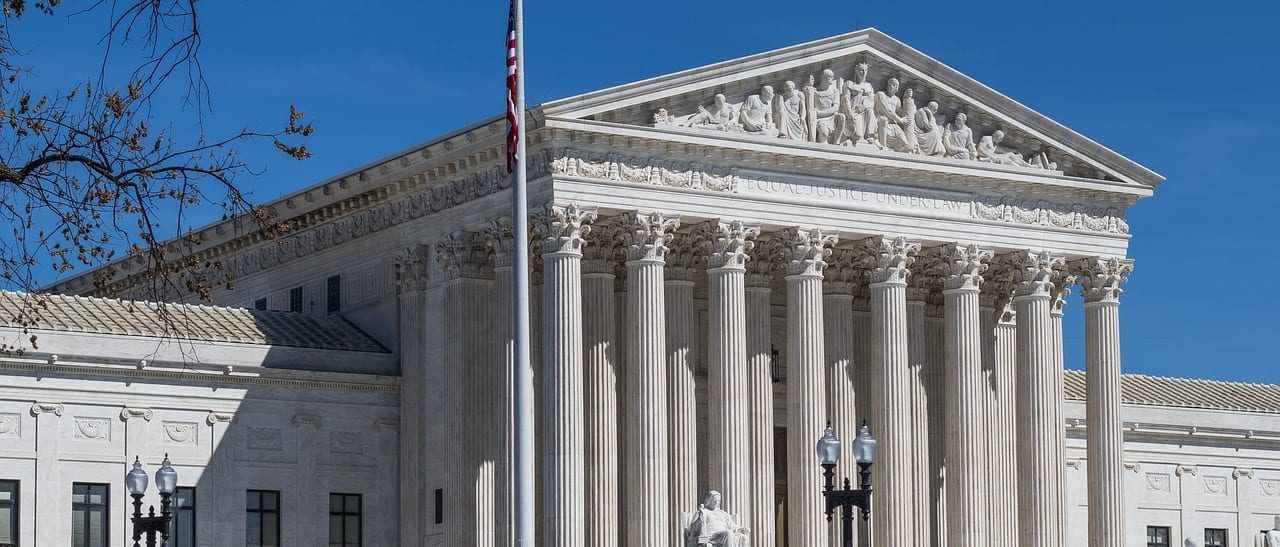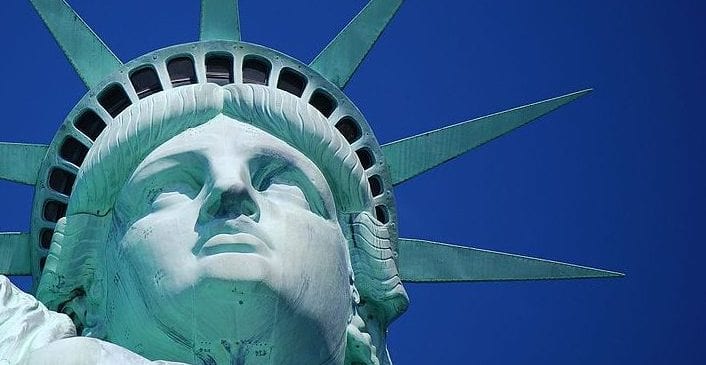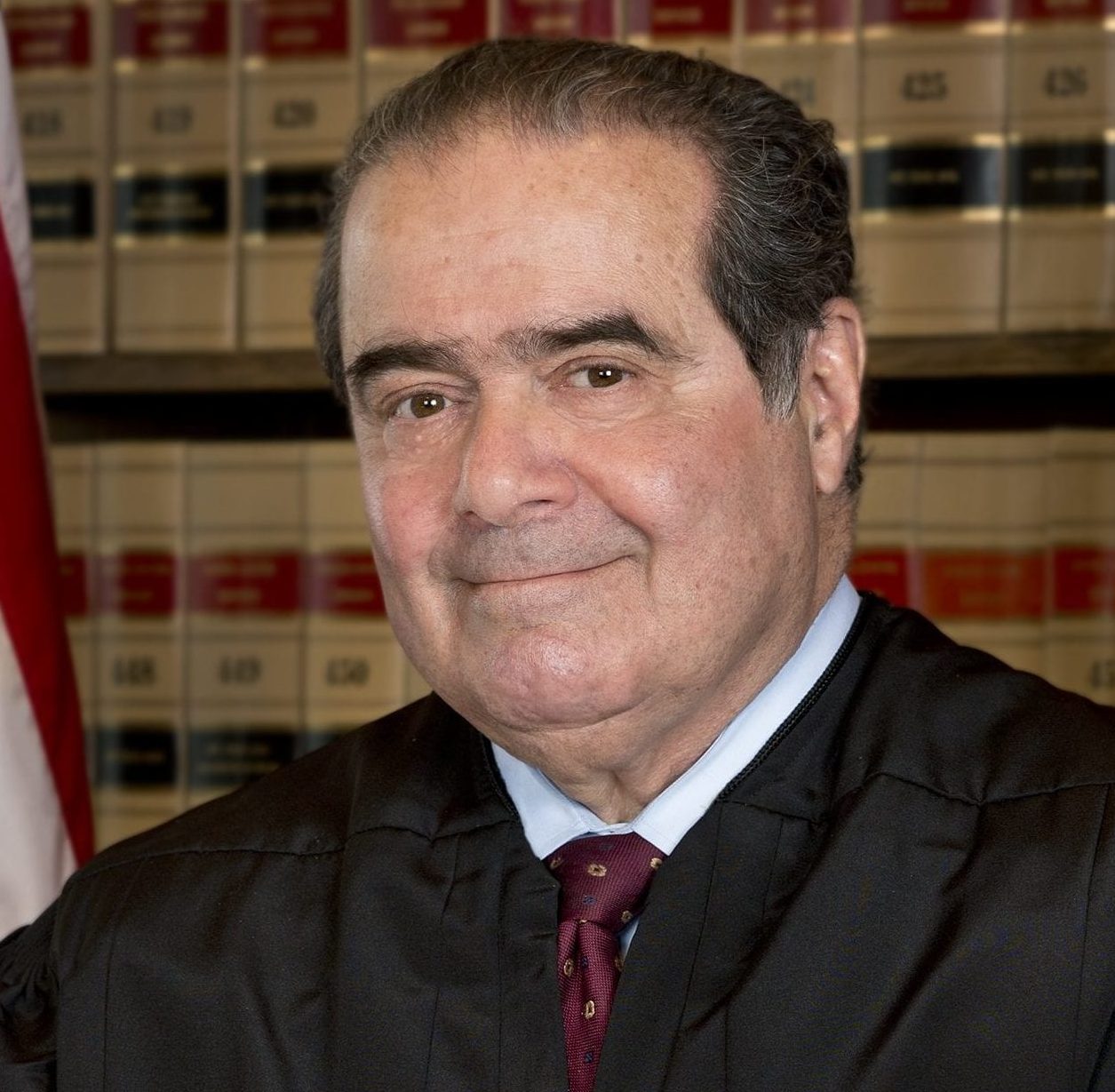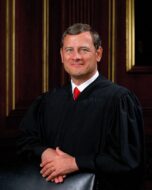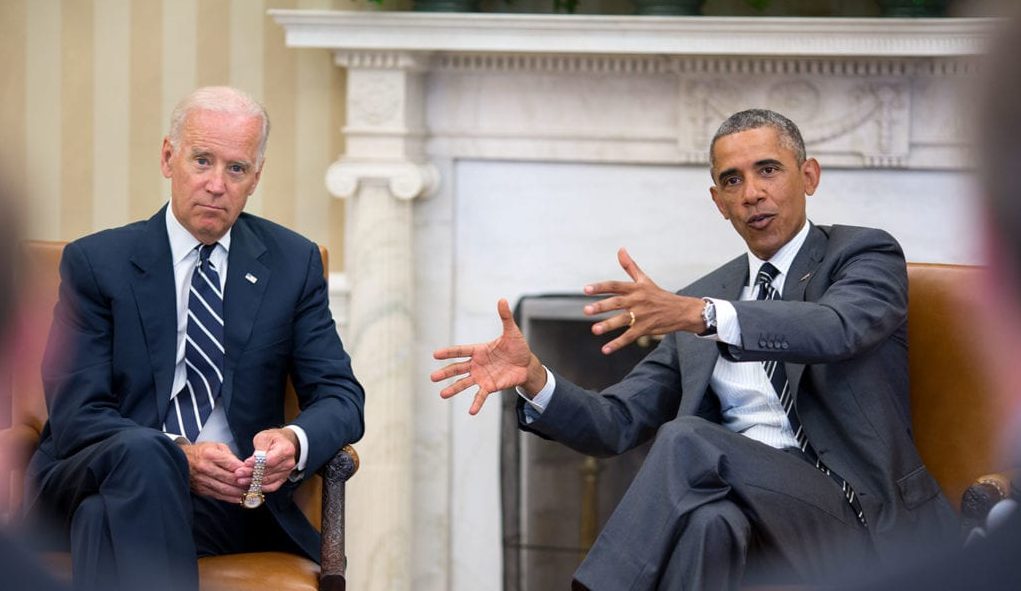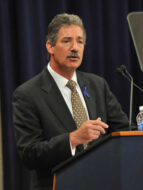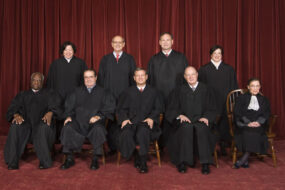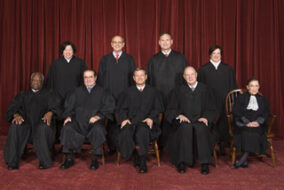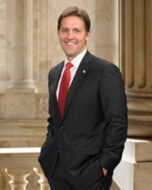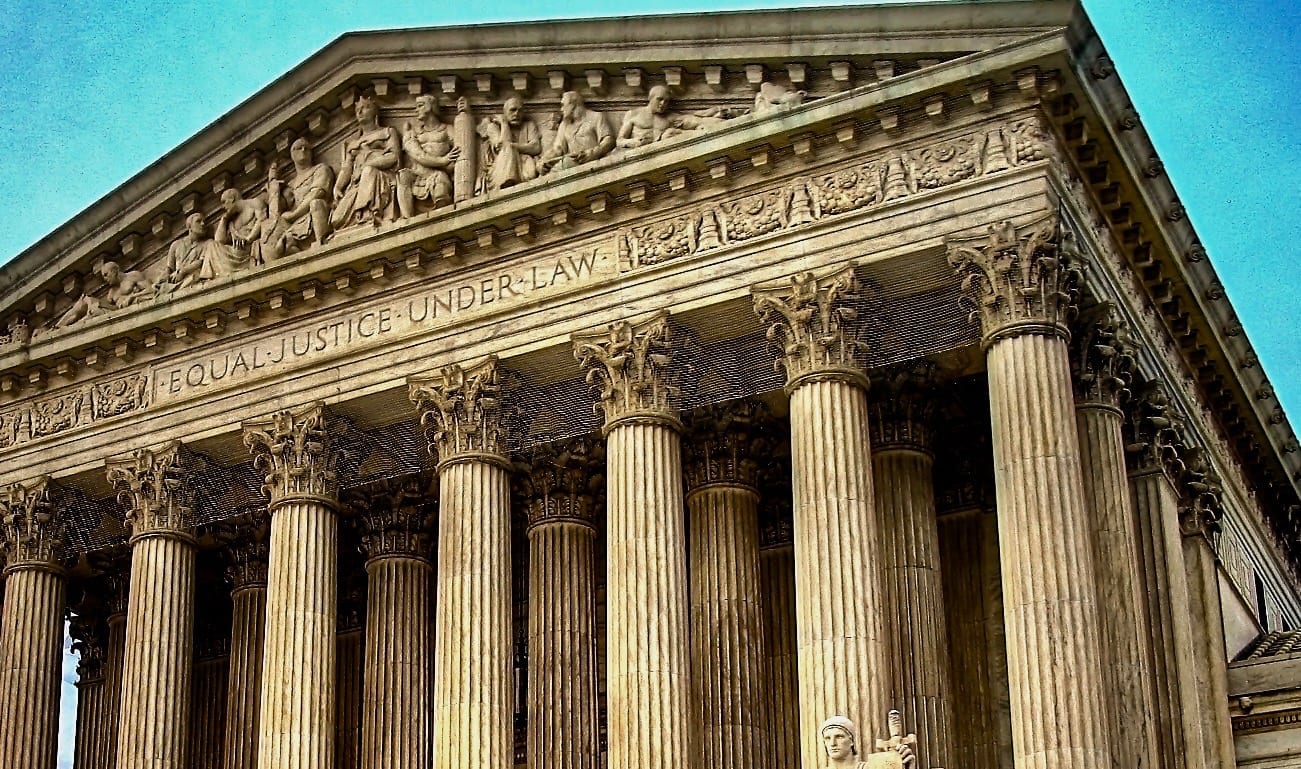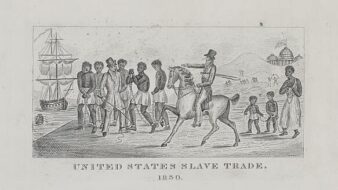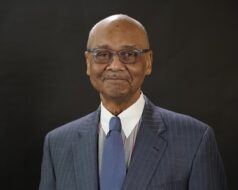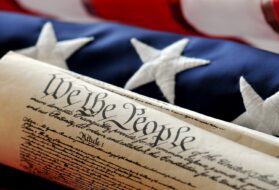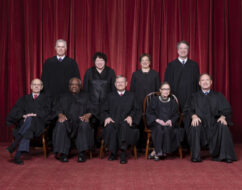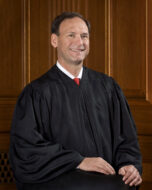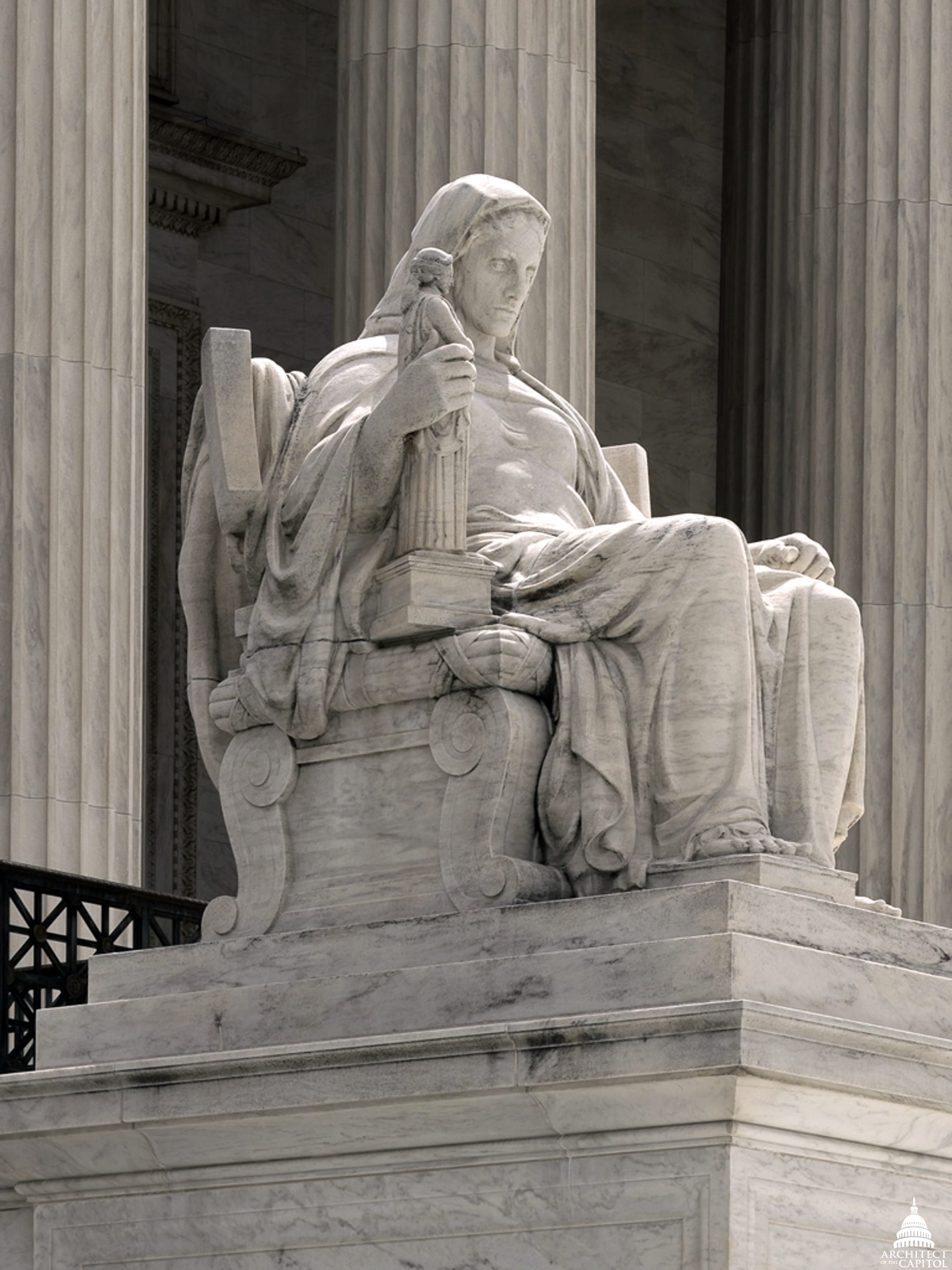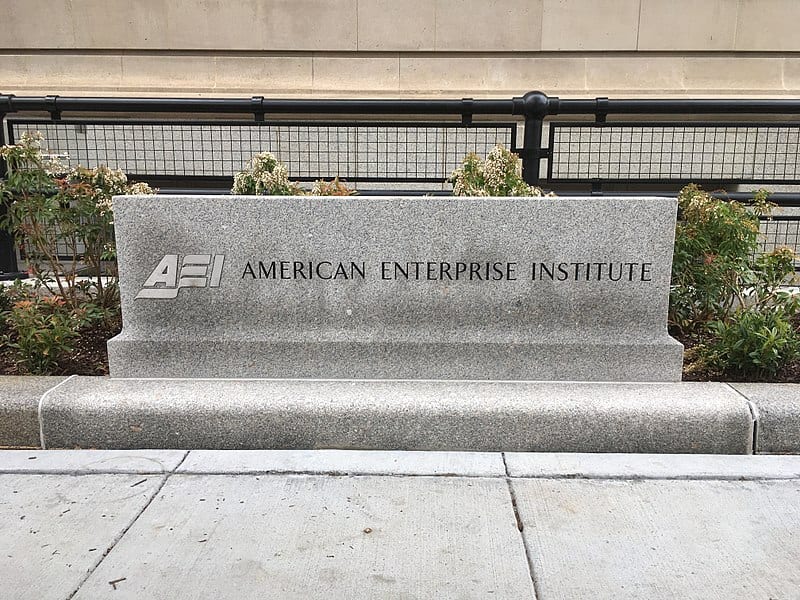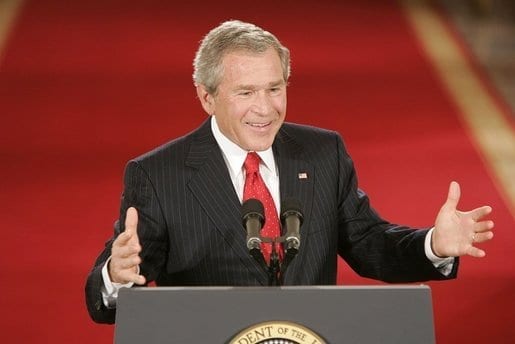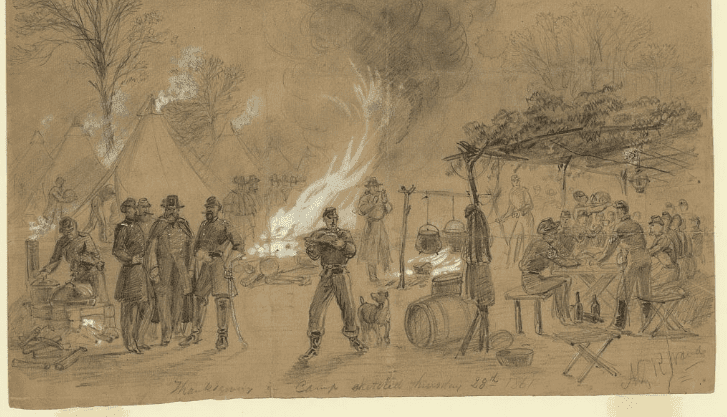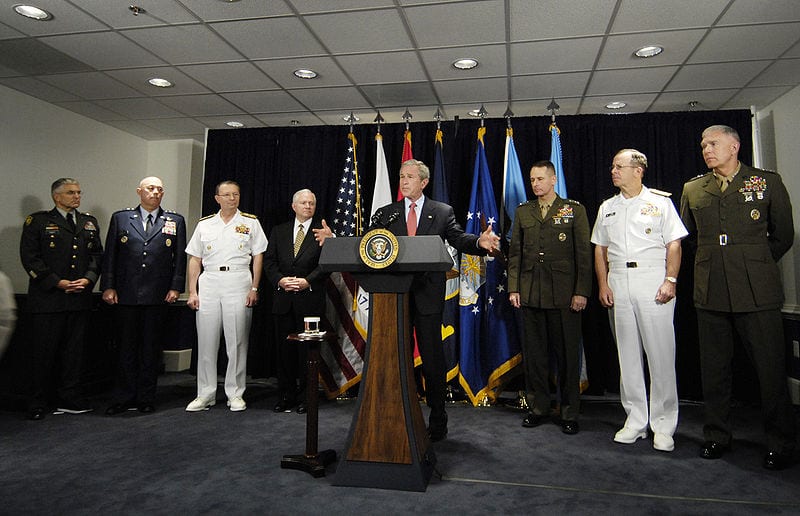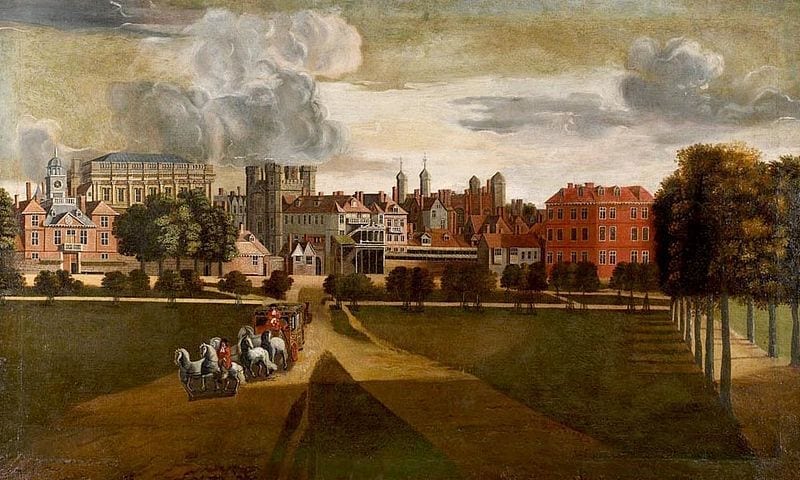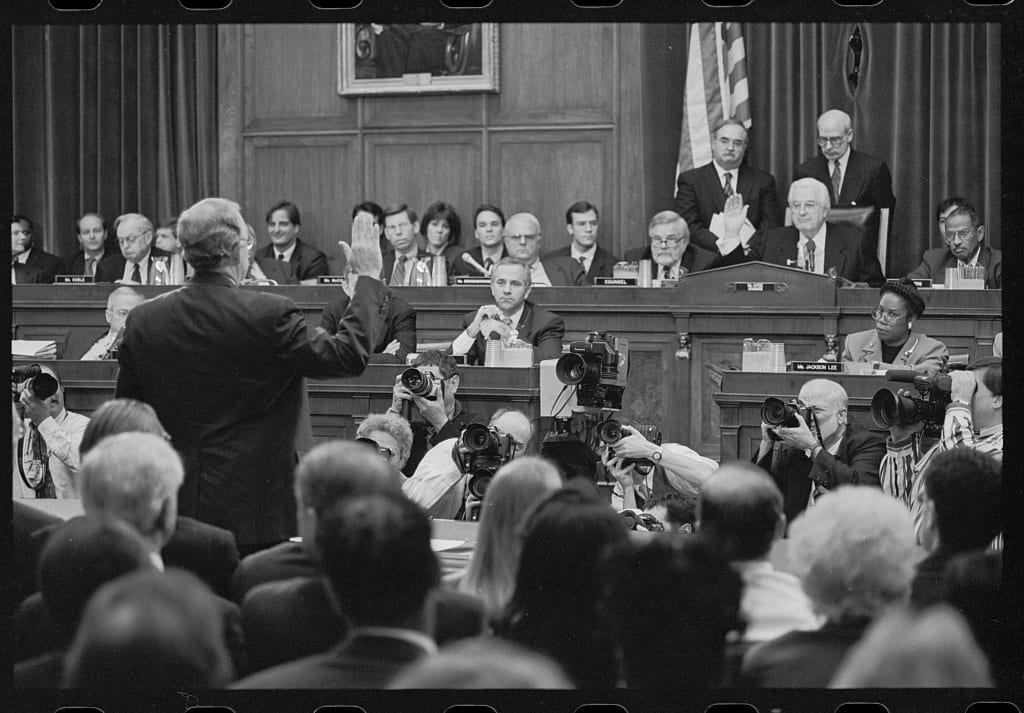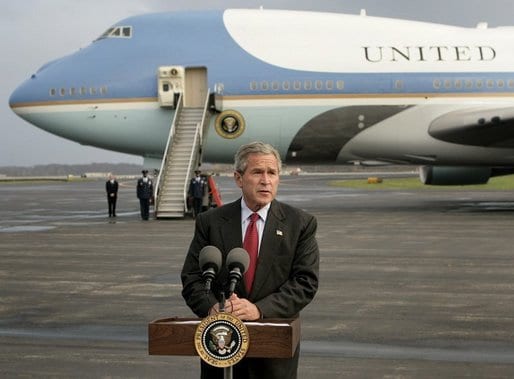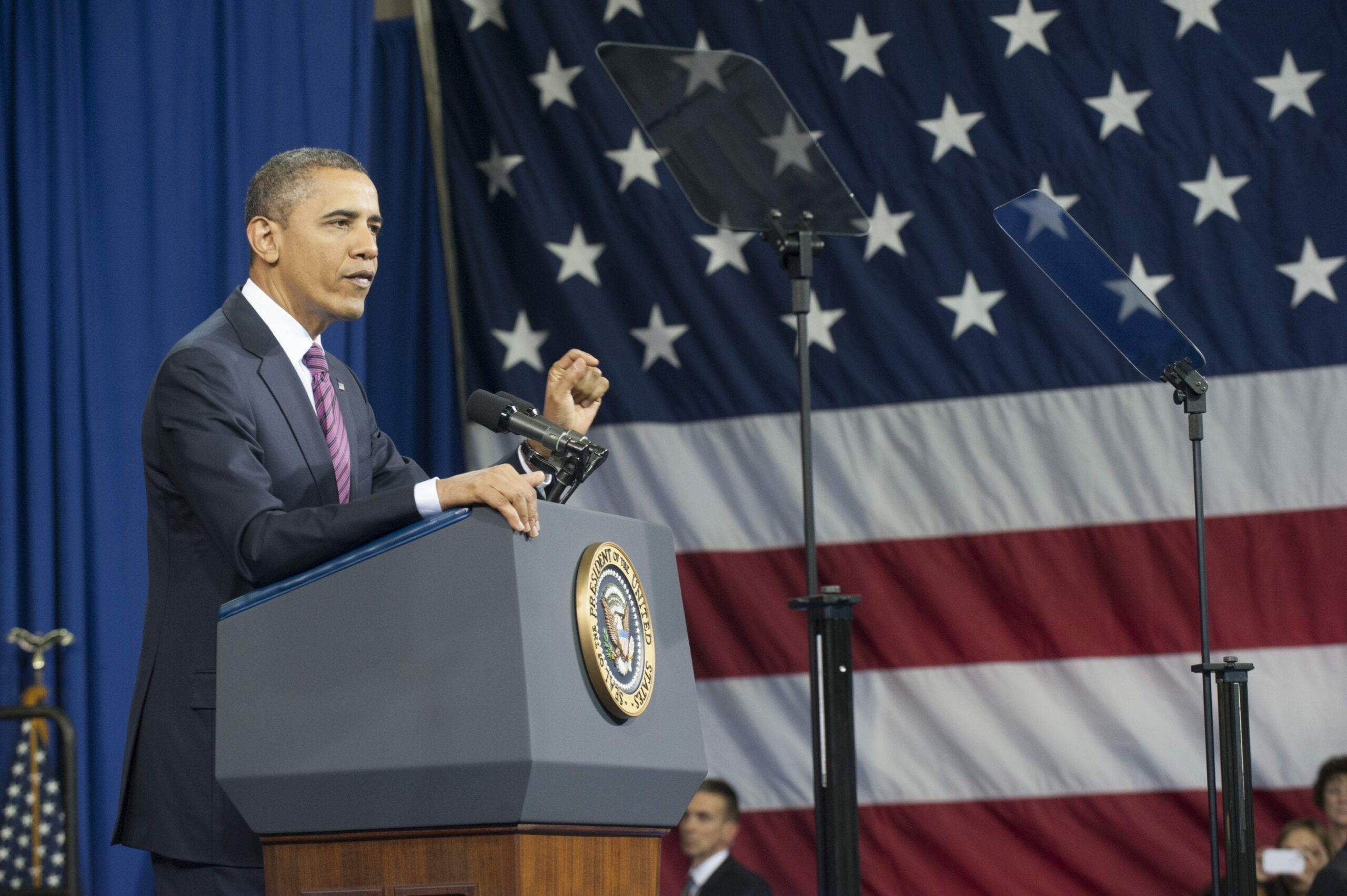
No related resources
Introduction
In this 2015 landmark case, the Supreme Court declared that same-sex couples have a fundamental right to marry. Prior to the decision, twelve states had recognized same-sex marriage. In several states, including Massachusetts, Iowa, and Connecticut, this had been done by state supreme court decisions holding that bans on gay marriage violated their state constitutions. In other states, gay marriage was created through the legislative process.
In Obergefell the Supreme Court decided to address whether state bans on gay marriage violated the equal protection and due process clauses of the Fourteenth Amendment. In a 5–4 decision the Court declared that they did. Writing for the majority, Justice Anthony Kennedy (1936–) said the framers of the Constitution “did not presume to know the extent of freedom in all of its dimensions, and so they entrusted future generations a charter protecting the right of all persons to enjoy liberty as we learn its meaning.” Based on “new insights” into liberty’s meaning, he said, “the Court now holds that same-sex couples may exercise the fundamental right to marry.” In dissent, Chief Justice Roberts argued that the “Constitution had nothing to do” with the right granted by the Court, which in his opinion was making a decision left by the framers to legislatures.
No recent case better captures the competing views over the Court’s role than Obergefell. The majority clearly contended that the Court must take an active role in reinterpreting the Constitution and identifying new rights. The dissenters argued that the majority was not interpreting the Constitution so much as revising it and imposing its policy preferences on the country.
Source: 576 U.S. 644 (2015), https://www.law.cornell.edu/supremecourt/text/14-556.
Justice Kennedy delivered the opinion of the Court.
The Constitution promises liberty to all within its reach, a liberty that includes certain specific rights that allow persons, within a lawful realm, to define and express their identity. The petitioners in these cases seek to find that liberty by marrying someone of the same sex and having their marriages deemed lawful on the same terms and conditions as marriages between persons of the opposite sex.
These cases come from Michigan, Kentucky, Ohio, and Tennessee, states that define marriage as a union between one man and one woman. . . .The petitioners are fourteen same-sex couples and two men whose same-sex partners are deceased. The respondents are state officials responsible for enforcing the laws in question. The petitioners claim the respondents violate the Fourteenth Amendment by denying them the right to marry or to have their marriages, lawfully performed in another state, given full recognition. . . .
From their beginning to their most recent page, the annals of human history reveal the transcendent importance of marriage. The lifelong union of a man and a woman always has promised nobility and dignity to all persons, without regard to their station in life. Marriage is sacred to those who live by their religions and offers unique fulfillment to those who find meaning in the secular realm. Its dynamic allows two people to find a life that could not be found alone, for a marriage becomes greater than just the two persons. Rising from the most basic human needs, marriage is essential to our most profound hopes and aspirations.
The centrality of marriage to the human condition makes it unsurprising that the institution has existed for millennia and across civilizations. Since the dawn of history, marriage has transformed strangers into relatives, binding families and societies together. . . .
The ancient origins of marriage confirm its centrality, but it has not stood in isolation from developments in law and society. The history of marriage is one of both continuity and change. That institution—even as confined to opposite-sex relations—has evolved over time. . . .
Under the due process clause of the Fourteenth Amendment, no state shall “deprive any person of life, liberty, or property, without due process of law.” The fundamental liberties protected by this clause include most of the rights enumerated in the Bill of Rights. In addition these liberties extend to certain personal choices central to individual dignity and autonomy, including intimate choices that define personal identity and beliefs.
The identification and protection of fundamental rights is an enduring part of the judicial duty to interpret the Constitution. That responsibility, however, “has not been reduced to any formula.”1 Rather, it requires courts to exercise reasoned judgment in identifying interests of the person so fundamental that the state must accord them its respect. That process is guided by many of the same considerations relevant to analysis of other constitutional provisions that set forth broad principles rather than specific requirements. History and tradition guide and discipline this inquiry but do not set its outer boundaries. That method respects our history and learns from it without allowing the past alone to rule the present.
The nature of injustice is that we may not always see it in our own times. The generations that wrote and ratified the Bill of Rights and the Fourteenth Amendment did not presume to know the extent of freedom in all of its dimensions, and so they entrusted to future generations a charter protecting the right of all persons to enjoy liberty as we learn its meaning. When new insight reveals discord between the Constitution’s central protections and a received legal stricture, a claim to liberty must be addressed. . . .
The four principles and traditions to be discussed demonstrate that the reasons marriage is fundamental under the Constitution apply with equal force to same-sex couples.
A first premise of this Court’s relevant precedents is that the right to personal choice regarding marriage is inherent in the concept of individual autonomy. This abiding connection between marriage and liberty is why Loving2 invalidated interracial marriage bans under the due process clause. . . . Like choices concerning contraception, family relationships, procreation, and childrearing, all of which are protected by the Constitution, decisions concerning marriage are among the most intimate that an individual can make. . . .
The nature of marriage is that, through its enduring bond, two persons together can find other freedoms, such as expression, intimacy, and spirituality. This is true for all persons, whatever their sexual orientation. There is dignity in the bond between two men or two women who seek to marry and in their autonomy to make such profound choices . . .
A second principle in this Court’s jurisprudence is that the right to marry is fundamental because it supports a two-person union unlike any other in its importance to the committed individuals. The intimate association protected by this right was central to Griswold v. Connecticut, which held the Constitution protects the right of married couples to use contraception.3…
Marriage responds to the universal fear that a lonely person might call out only to find no one there. It offers the hope of companionship and understanding and assurance that while both still live there will be someone to care for the other. . . .
A third basis for protecting the right to marry is that it safeguards children and families and thus draws meaning from related rights of childrearing, procreation, and education. . . .
Excluding same-sex couples from marriage thus conflicts with a central premise of the right to marry. Without the recognition, stability, and predictability marriage offers, children suffer the stigma of knowing their families are somehow lesser. They also suffer the significant material costs of being raised by unmarried parents, relegated to a more difficult and uncertain family life. The marriage laws at issue thus harm and humiliate the children of same-sex couples. . . .
Fourth and finally, this Court’s cases and the nation’s traditions make clear that marriage is a keystone of the nation’s social order. . . .
Just as a couple vows to support each other, so does society pledge to support the couple, offering symbolic recognition and material benefits to protect and nourish the union. Indeed, while the states are in general free to vary the benefits they confer on all married couples, they have throughout our history made marriage the basis for an expanding list of governmental rights, benefits, and responsibilities. . . .The states have contributed to the fundamental character of marriage by placing it at the center of many facets
of the legal and social order.
There is no difference between same- and opposite-sex couples with respect to this principle. Yet by virtue of their exclusion from that institution, same-sex couples are denied the constellation of benefits that the states have linked to marriage. This harm results in more than just material burdens. Same-sex couples are consigned to an instability many opposite-sex couples would deem intolerable in their own lives. As the state itself makes marriage all the more precious by the significance it attaches to it, exclusion from that status has the effect of teaching that gays and lesbians are unequal in important respects. It demeans gays and lesbians for the state to lock them out of a central institution of the nation’s society. Same-sex couples, too, may aspire to the transcendent purposes of marriage and seek fulfillment in its highest meaning.
The limitation of marriage to opposite-sex couples may long have seemed natural and just, but its inconsistency with the central meaning of the fundamental right to marry is now manifest. With that knowledge must come the recognition that laws excluding same-sex couples from the marriage right impose stigma and injury of the kind prohibited by our basic charter. . . .
The right to marry is fundamental as a matter of history and tradition, but rights come not from ancient sources alone. They rise, too, from a better informed understanding of how constitutional imperatives define a liberty that remains urgent in our own era. Many who deem same-sex marriage to be wrong reach that conclusion based on decent and honorable religious or philosophical premises, and neither they nor their beliefs are disparaged here. But when that sincere, personal opposition becomes enacted law and public policy, the necessary consequence is to put the imprimatur of the state itself on an exclusion that soon demeans or stigmatizes those whose own liberty is then denied. Under the Constitution, same-sex couples seek in marriage the same legal treatment as opposite-sex couples, and it would disparage their choices and diminish their personhood to deny them this right.
The right of same-sex couples to marry that is part of the liberty promised by the Fourteenth Amendment is derived, too, from that amendment’s guarantee of the equal protection of the laws. The due process clause and the equal protection clause are connected in a profound way, though they set forth independent principles. Rights implicit in liberty and rights secured by equal protection may rest on different precepts and are not always co-extensive, yet in some instances each may be instructive as to the meaning and reach of the other. In any particular case one clause may be thought to capture the essence of the right in a more accurate and comprehensive way, even as the two clauses may converge in the identification and definition of the right. . . .
Indeed, in interpreting the equal protection clause, the Court has recognized that new insights and societal understandings can reveal unjustified inequality within our most fundamental institutions that once passed unnoticed and unchallenged. . . .
It is now clear that the challenged laws burden the liberty of same-sex couples, and it must be further acknowledged that they abridge central precepts of equality. Here the marriage laws enforced by the respondents are in essence unequal: same-sex couples are denied all the benefits afforded to opposite-sex couples and are barred from exercising a fundamental right. Especially against a long history of disapproval of their relationships, this denial to same-sex couples of the right to marry works a grave and continuing harm. The imposition of this disability on gays and lesbians serves to disrespect and subordinate them. And the equal protection clause, like the due process clause, prohibits this unjustified infringement of the fundamental right to marry.
These considerations lead to the conclusion that the right to marry is a fundamental right inherent in the liberty of the person, and under the due process and equal protection clauses of the Fourteenth Amendment couples of the same sex may not be deprived of that right and that liberty. The Court now holds that same-sex couples may exercise the fundamental right to marry. No longer may this liberty be denied to them. . . .
No union is more profound than marriage, for it embodies the highest ideals of love, fidelity, devotion, sacrifice, and family. In forming a marital union, two people become something greater than once they were. As some of the petitioners in these cases demonstrate, marriage embodies a love that may endure even past death. It would misunderstand these men and women to say they disrespect the idea of marriage. Their plea is that they do respect it, respect it so deeply that they seek to find its fulfillment for themselves. Their hope is not to be condemned to live in loneliness, excluded from one of civilization’s oldest institutions. They ask for equal dignity in the eyes of the law. The Constitution grants them that right.
Chief Justice Roberts, with whom Justice Scalia and Justice Thomas join, dissenting.
. . . But this Court is not a legislature. Whether same-sex marriage is a good idea should be of no concern to us. Under the Constitution, judges have power to say what the law is, not what it should be. The people who ratified the Constitution authorized courts to exercise “neither force nor will but merely judgment.”4…
The majority’s decision is an act of will, not legal judgment. The right it announces has no basis in the Constitution or this Court’s precedent. The majority expressly disclaims judicial “caution” and omits even a pretense of humility, openly relying on its desire to remake society according to its own “new insight” into the “nature of injustice.” As a result, the Court invalidates the marriage laws of more than half the states and orders the transformation of a social institution that has formed the basis of human society for millennia, for the Kalahari Bushmen and the Han Chinese, the Carthaginians and the Aztecs. Just who do we think we are?
It can be tempting for judges to confuse our own preferences with the requirements of the law. But as this Court has been reminded throughout our history, the Constitution “is made for people of fundamentally differing views.” Accordingly, “courts are not concerned with the wisdom or policy of legislation.”5 The majority today neglects that restrained conception of the judicial role. It seizes for itself a question the Constitution leaves to the people, at a time when the people are engaged in a vibrant debate on that question. And it answers that question based not on neutral principles of constitutional law, but on its own “understanding of what freedom is and must become.” I have no choice but to dissent.
Understand well what this dissent is about: It is not about whether, in my judgment, the institution of marriage should be changed to include same-sex couples. It is instead about whether, in our democratic republic, that decision should rest with the people acting through their elected representatives, or with five lawyers who happen to hold commissions authorizing them to resolve legal disputes according to law. The Constitution leaves no doubt about the answer. . . .
Petitioners’ “fundamental right” claim falls into the most sensitive category of constitutional adjudication. Petitioners do not contend that their states’ marriage laws violate an enumerated constitutional right, such as the freedom of speech protected by the First Amendment. There is, after all, no “companionship and understanding” or “nobility and dignity” clause in the Constitution. They argue instead that the laws violate a right implied by the Fourteenth Amendment’s requirement that “liberty” may not be deprived without “due process of law.”
This Court has interpreted the due process clause to include a “substantive” component that protects certain liberty interests against state deprivation “no matter what process is provided.” The theory is that some liberties are “so rooted in the traditions and conscience of our people as to be ranked as fundamental,” and therefore cannot be deprived without compelling justification.
Allowing unelected federal judges to select which unenumerated rights rank as “fundamental”—and to strike down state laws on the basis of that determination—raises obvious concerns about the judicial role. Our precedents have accordingly insisted that judges “exercise the utmost care” in identifying implied fundamental rights, “lest the liberty protected by the due process clause be subtly transformed into the policy preferences of the members of this Court.”6
The need for restraint in administering the strong medicine of substantive due process is a lesson this Court has learned the hard way. The Court first applied substantive due process to strike down a statute in Dred Scott v. Sandford.7 There the Court invalidated the Missouri Compromise on the ground that legislation restricting the institution of slavery violated the implied rights of slaveholders. The Court relied on its own conception of liberty and property in doing so. It asserted that “an act of Congress which deprives a citizen of the United States of his liberty or property, merely because he came himself or brought his property into a particular territory of the United States . . . could hardly be dignified with the name of due process of law.” In a dissent that has outlasted the majority opinion, Justice Curtis explained that when the “fixed rules which govern the interpretation of laws [are] abandoned, and the theoretical opinions of individuals are allowed to control” the Constitution’s meaning, “we have no longer a Constitution; we are under the government of individual men, who for the time being have power to declare what the Constitution is, according to their own views of what it ought to mean.”
Dred Scott’s holding was overruled on the battlefields of the Civil War and by constitutional amendment after Appomattox, but its approach to the due process clause reappeared. In a series of early-twentieth-century cases, most prominently Lochner v. New York, this Court invalidated state statutes that presented “meddlesome interferences with the rights of the individual,” and “undue interference with liberty of person and freedom of contract.”8 In Lochner itself, the Court struck down a New York law setting maximum hours for bakery employees, because there was “in our judgment, no reasonable foundation for holding this to be necessary or appropriate as a health law.”
The dissenting justices in Lochner explained that the New York law could be viewed as a reasonable response to legislative concern about the health of bakery employees, an issue on which there was at least “room for debate and for an honest difference of opinion.” The majority’s contrary conclusion required adopting as constitutional law “an economic theory which a large part of the country does not entertain.” As Justice Holmes memorably put it, “The Fourteenth Amendment does not enact Mr. Herbert Spencer’s Social Statics,” a leading work on the philosophy of social Darwinism. The Constitution “is not intended to embody a particular economic theory. . . .It is made for people of fundamentally differing views, and the accident of our finding certain opinions natural and familiar or novel and even shocking ought not to conclude our judgment upon the question whether statutes embodying them conflict with the Constitution.”
In the decades after Lochner, the Court struck down nearly two hundred laws as violations of individual liberty, often over strong dissents contending that “[t]he criterion of constitutionality is not whether we believe the law to be for the public good.”9 By empowering judges to elevate their own policy judgments to the status of constitutionally protected “liberty,” the Lochner line of cases left “no alternative to regarding the court as a . . . legislative chamber.”10
Eventually, the Court recognized its error and vowed not to repeat it. “The doctrine that . . . due process authorizes courts to hold laws unconstitutional when they believe the legislature has acted unwisely,” we later explained, “has long since been discarded. We have returned to the original constitutional proposition that courts do not substitute their social and economic beliefs for the judgment of legislative bodies, who are elected to pass laws.”11 Thus, it has become an accepted rule that the Court will not hold laws unconstitutional simply because we find them “unwise, improvident, or out of harmony with a particular school of thought.”12
- 1. The quotation is from Poe v. Ullman, 367 U.S. 497, 542 (1961) (Harlan, J., dissenting).
- 2. Loving v. Virginia, 388 U.S. 1 (1967).
- 3. Griswold v. Connecticut, 381 U.S. 479 (1965).
- 4. Chief Justice Roberts’ note: (Federalist 78, p. 465).
- 5. Chief Justice Roberts’ note: Lochner v. New York (1905) (Holmes, J., dissenting).
- 6. Chief Justice Roberts’ note: Washington v. Glucksberg, 521 U.S. 702, 720 (1997) (internal quotation marks omitted); see Kennedy, “Unenumerated Rights and the Dictates of Judicial Restraint,” 13 (1986) (Address at Stanford) (“One can conclude that certain essential, or fundamental, rights should exist in any just society. It does not follow that each of those essential rights is one that we as judges can enforce under the written Constitution. The due process clause is not a guarantee of every right that should inhere in an ideal system.”).
- 7. See Speech on the Dred Scott Decision and Speech at Springfield, Illinois.
- 8. Lochner v. New York, 198 U.S. 45 (1905).
- 9. Chief Justice Roberts’ note: Adkins v. Children’s Hospital of D.C., (opinion of Holmes, J.)
- 10. Chief Justice Roberts’ note: L. Hand, The Bill of Rights 42 (1958).
- 11. Chief Justice Roberts’ note: Ferguson v. Skrupa, 730 (1963). . . .
- 12. Chief Justice Roberts’ note: Williamson v. Lee Optical of Okla., Inc., 348 U.S. 483, 488 (1955).
Resolution Regarding Dakota Access Pipeline
September 2, 2015
Conversation-based seminars for collegial PD, one-day and multi-day seminars, graduate credit seminars (MA degree), online and in-person.

